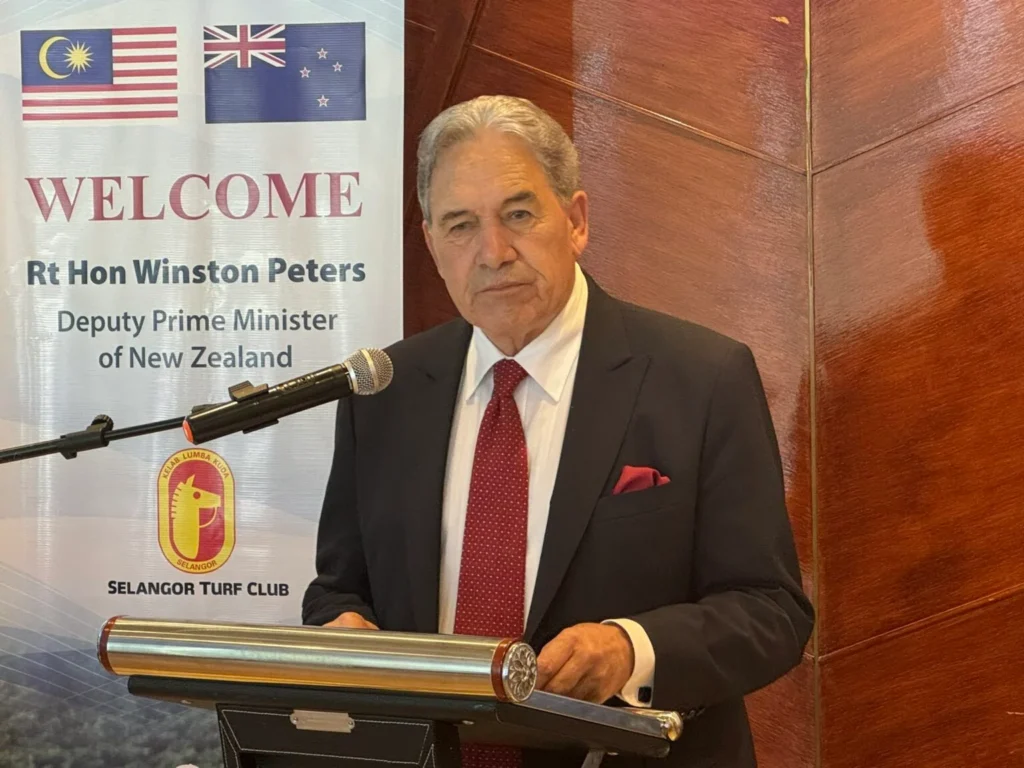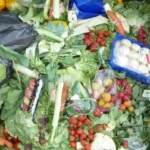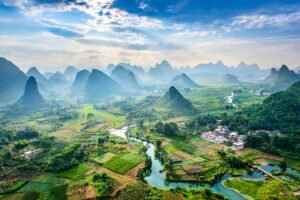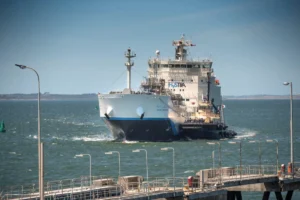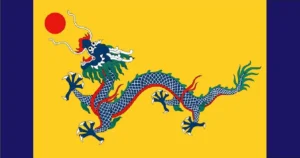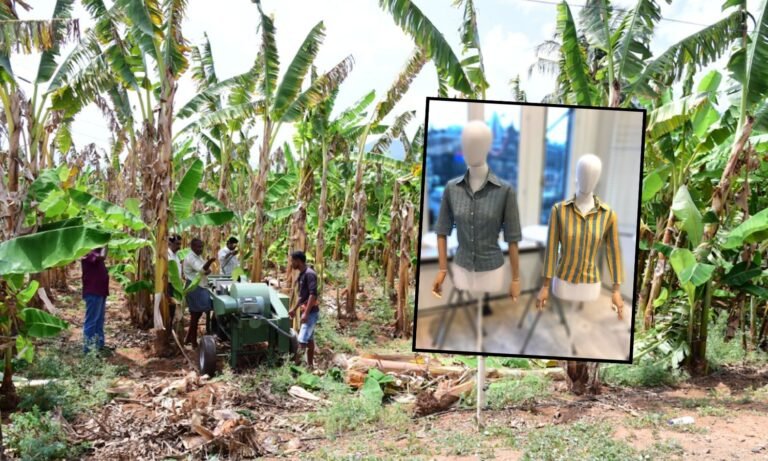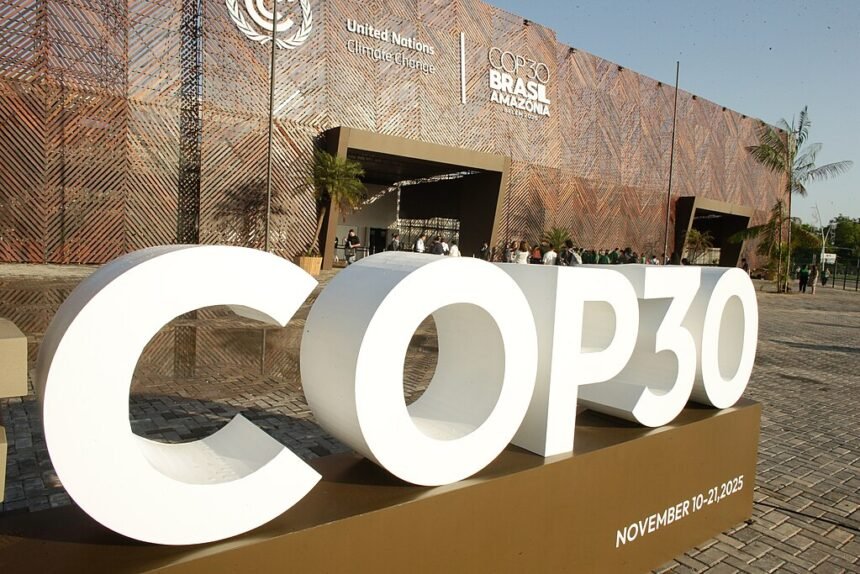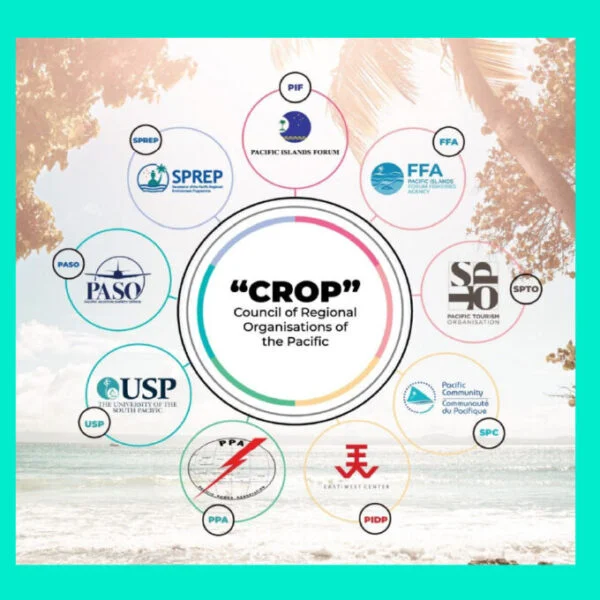In the lead up to the 2025 / 50th ASEAN Dialogue Relations Anniversary the New Zealand Hon. Peter Winston lands in Kuala Lumpur, Malaysia.
| Image: The Hon. Winston Peters, New Zealand’s Deputy Prime Minister and Trade Minister
In 2023, New Zealand was Malaysia’s second-largest trading partner, export destination and source of imports among countries in the Oceania region with a total trade amounting to RM11.56 billion (USD2.54 billion). The Hon. Winston Peters, New Zealand’s Deputy Prime Minister and Trade Minister, this week attended the inaugural Malaysia-New Zealand Annual Foreign Ministers’ Meeting, as part of a weeklong tour to also meet his counterparts in Vietnam, the Philippines and East Timor. He met with Malaysia Minister of Foreign Affairs, YB Dato’ Seri Utama Haji Mohamad Bin Haji Hasan to review the progress of the ongoing bilateral cooperation and explore new areas of collaboration, and called on Prime Minister, YAB Dato’ Seri Anwar Ibrahim and Deputy Prime Minister and Minister of Energy Transition and Water Transformation, YAB Dato’ Sri Haji Fadillah bin Haji Yusof, respectively. This visit has further solidified the existing cooperation between both countries under the framework of the Strategic Partnership, through robust economic partnerships and close people-to-people ties. Peters stressed that multilateral frameworks are “critical,” especially for smaller countries like New Zealand. “Technically,” he said, “small countries … need to have arrangements and organizations that look after everybody with a peaceful and legitimate purpose, not being subjected to pressure or, worse still, corruption.” While New Zealand’s population of just under 6 million (NB: farms 23 million sheep) is made up of 71.8% Europeans, Māori 16.5%, Asian 15.3%, and Pacific peoples 9.0%, with a land mass of 268,000 square kilometres (103,500 sq mi). On first impression one may not understand the bilateral value of NZ being granted a position at the ASEAN member table. In Kuala Lumpur last week, Deputy Prime Minister and Foreign Minister Winston Peters emphasized that robust relations with ASEAN are essential for ensuring New Zealand remains an active contributor to regional cooperation.
Image: Shore Excursions Hon. Peters suggested closer collaboration with ASEAN in addressing climate change. He said New Zealand could learn from Malaysia in developing green energy and hydrogen while sharing its agricultural sector expertise. “When it comes to the areas of climate change and methane emissions, we’re putting a lot of work into seeing how we can, with animal dietary and breeding changes, get dramatic change,” he said. “That’s information we’re working on extremely hard. We’re at the very edge of getting over the last breakthroughs.” According to the ASEAN Secretariat, trade between ASEAN and New Zealand reached US$14.92 billion in 2022.Currently, New Zealand’s principal export destinations are China, Australia, the United States of America (USA), Japan, the United Kingdom (UK), and South Korea. These partnerships not only fuel New Zealand’s economic engine but also reflect the country’s strategic positioning in global trade networks, poised for continued growth in 2024 and beyond. According to Trading Economics, New Zealand’s export value reached a record high of NZ$6.953 billion (USD617 mil) in May 2023 – and Q1 2024 forecasts New Zealand’s export values to be NZ$6.45 billion New Zealand Foreign Affairs & Trade (MFAT) estimates New Zealand to be the 2nd largest dairy exporter, 1st largest dairy product exporter, and 2nd biggest wool exporter in the world – reflecting a top-of-class standing that continues to drive international demand. The country’s other standout products include cheese and honey, particularly Manuka honey, which have experienced global rises in demand in recent years. A key factor leading to these successes is a foundation of sustainability and ethical farming practices. Strict environmental regulations ensure farmers minimise their impact on the land and waterways, while also prioritising animal welfare and biodiversity conservation. Looking ahead, these industries are poised for continued growth driven by ongoing sustainability innovation, investment in research and development, and strategic market expansion efforts. Undergirded by a commitment to excellence and reputation for quality, milk, dairy, and animal product exporters can remain well-positioned to maintain leadership across global markets. |
|

